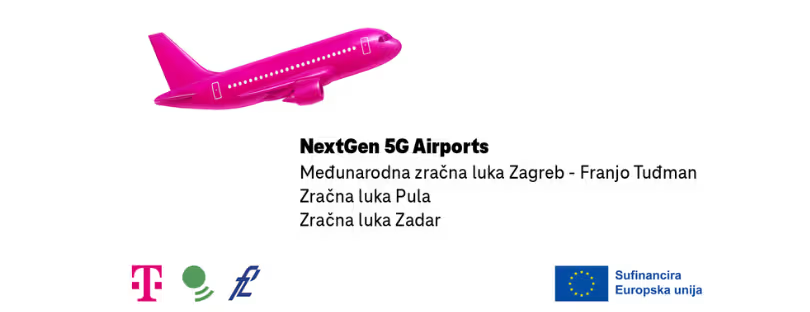
EE reports strong increase in data traffic to holiday and travel sites
EE released its latest Mobile Network Index report, tracking the changing trends and habits on its mobile network as lockdown started to ease in the UK. ee data traffic
The insights highlight: ee data traffic
- The increase in movement as lockdown restrictions lifted
- The popularity of holiday and travel sites as people planned trips away
- The UK’s hotspots for watching video over 5G
- Changing behaviours around food delivery and fitness apps and services
Marc Allera, CEO of BT’s Consumer Division, said: “The easing of lockdown has driven notable changes in the ways our customers are using our mobile network. The more than doubling of traffic to sites including Airbnb, Booking.com, easyJet, Ryanair and Skyscanner shows an increase of plans to travel and take breaks. Video remains as popular as ever, with Londoners watching the most content across the UK in the months of June and July, while food takeaway apps have declined in popularity over the same period. What’s clear is that the role of a reliable mobile network continues to be hugely important, and I’m pleased that the EE network continues to deliver a great performance for our customers.”
The Report:
Movement in Covid-19 times
The gradual easing of lockdown in the UK has seen people start to move around more. When lockdown began in March, insights showed a high level of adherence to guidance to stay at home. The spring bank holiday and sunshine of the June heatwave drove the highest movement in May and June.
Holiday travel
When Boris Johnson announced the decision to start easing lockdown in the UK on 23rd June, people started making plans to travel again and take long-awaited holidays. Across the UK, EE’s network saw traffic for Airbnb, Booking.com, easyJet, Ryanair and Skyscanner more than double two days after the Prime Minister’s address, compared to the same time the day before his announcement.
On the 25th June, two days after Boris’s briefing to the nation, budget airline easyJet announced a limited number of £29.99 seats, driving a spike in both users and mobile traffic on EE’s mobile network. easyJet.com user numbers increased ten-fold compared to the same time the day before, and network traffic was ten times greater than on the 22nd June.
In the following weeks, the search for trips continued to grow in popularity. As lockdown measures eased further, mobile traffic on Booking.com increased, with the peak on the 5th August more than double that on 1st July.
Video
EE’s 5G customers used the fast speeds and low latency of the network to watch even more video, with YouTube, Netflix and Prime Video taking the top spots. Across the UK, Londoners watched the most video during June and July, and the top five hot spots in England’s capital were:
- Battersea
- Deptford
- Kensington
- Surrey Quays
- Whitechapel
Outside of London, the top places for watching video on EE’s 5G network were:
- Birmingham’s Jewellery Quarter
- Basildon, Essex
- Prestwich, Manchester
BT Sport
After a three month break, football made its return to screens, with both Premier League and FA Cup games driving uplifts in traffic on BT Sport. Chelsea’s 2-1 win against Manchester City on 25th June was the most popular BT Sport Premier League fixture on EE’s mobile network with fans during June, closely followed by the two FA Cup quarter final matches which saw Arsenal and Chelsea claim victory over Leicester City and Sheffield United.
July 26th was the most popular day for football on BT Sport on EE’s mobile network for the month, as fans tuned in to see Newcastle’s 3-1 defeat against Liverpool, and a one all draw between West Ham and Aston Villa.
Food delivery
As restaurants and pubs started to open and rules relaxed to allow people to visit households outside of their own, the demand for food takeaways decreased. Deliveroo and Uber Eats saw user count drop by more than half between 3rd June and 15th July, with the peak delivery time moving later in the evening as the daily commute returned for some.
Fitness
The lockdown fitness bug lost some of its momentum as traffic for Strava and MapMyRun decreased by almost 30% at peak usage between June and July. Evenings were the most popular time for exercise, with the spike moving later in the evening in July, compared to June.
Voice
As guidelines around seeing friends and family started to relax, call activity on EE’s network returned to near pre-lockdown levels. The 40% increase in mobile calling usage seen during the early stages of lockdown in March dropped to a 10-15% increase in the weeks that followed. Call activity is now 5% higher than pre-lockdown. ee data traffic
Best airline tickets are just a click away:









